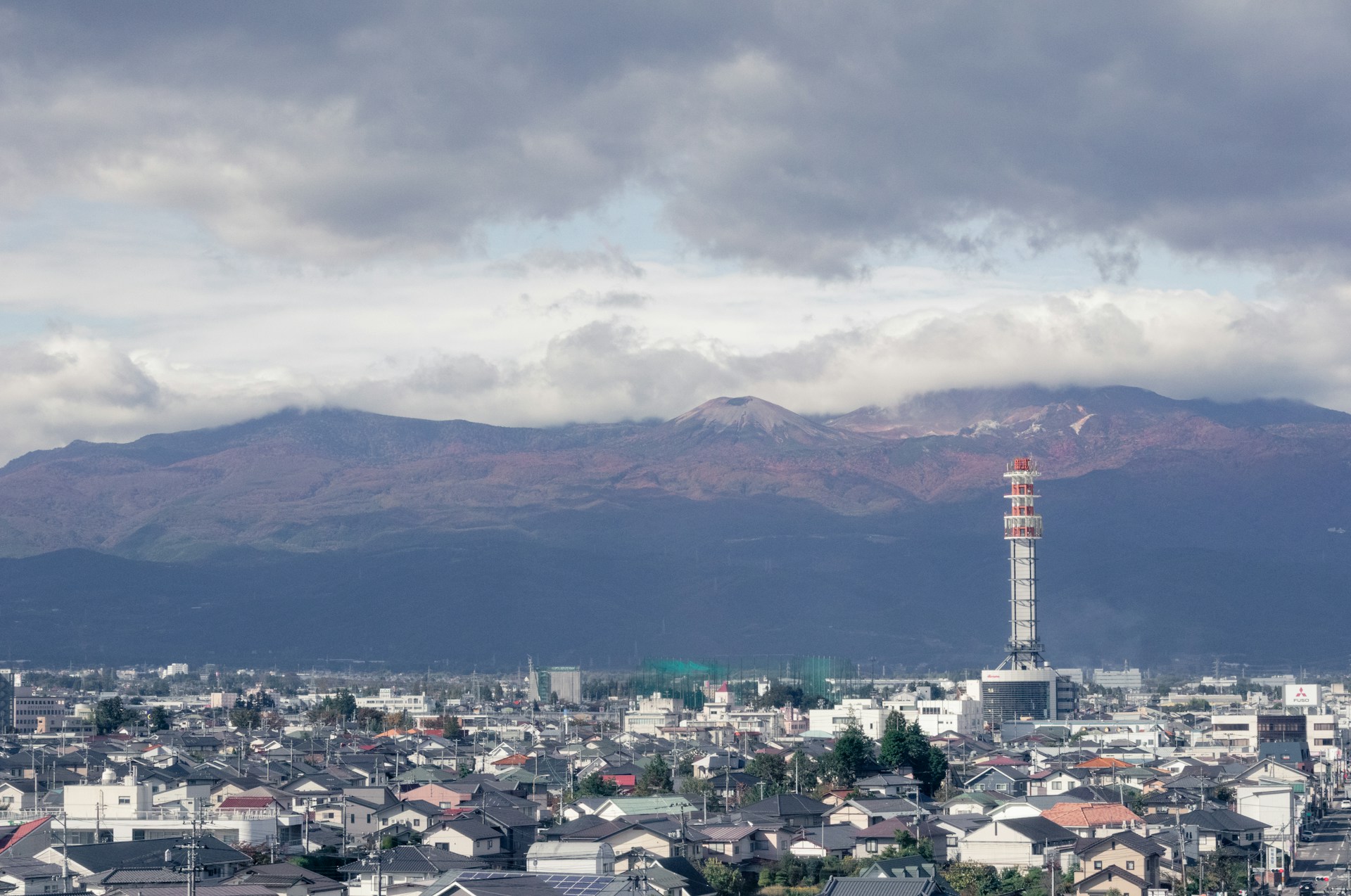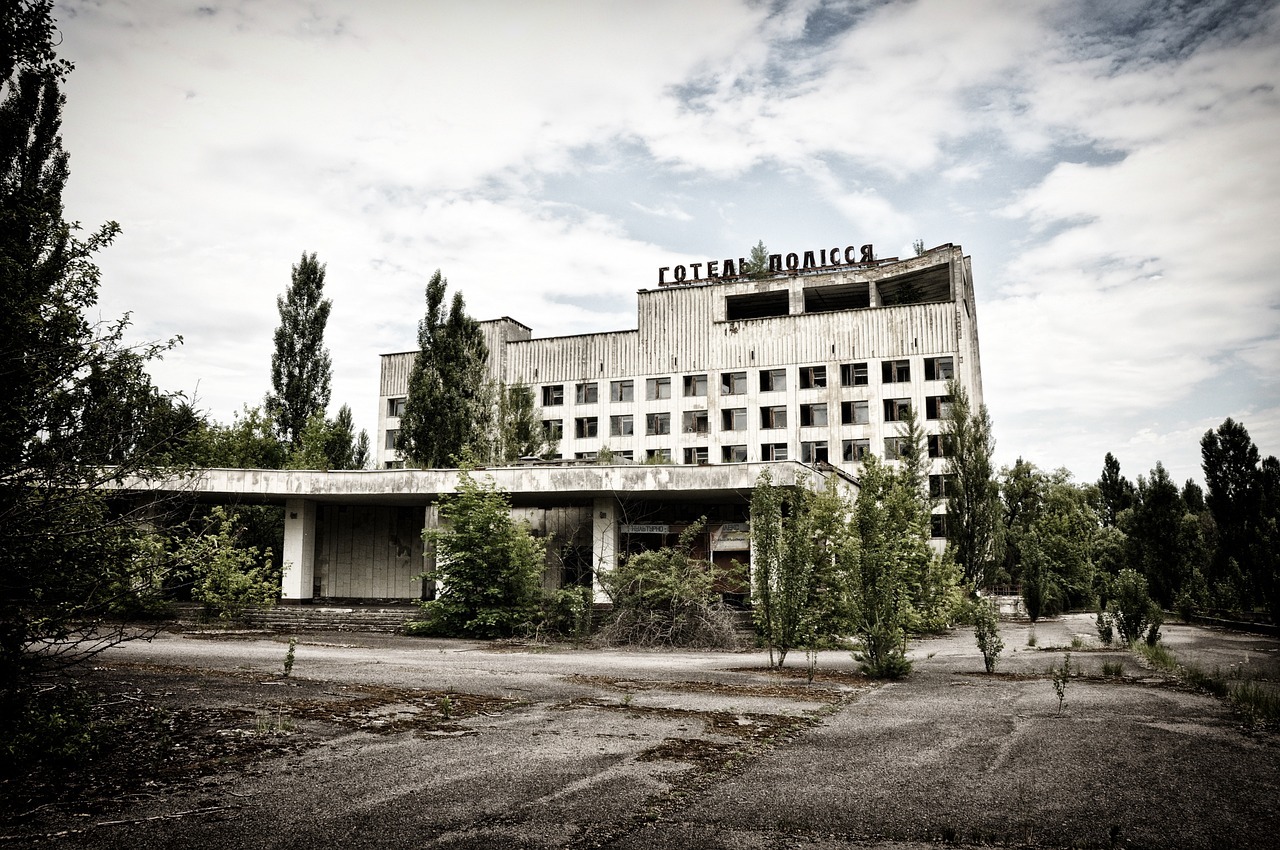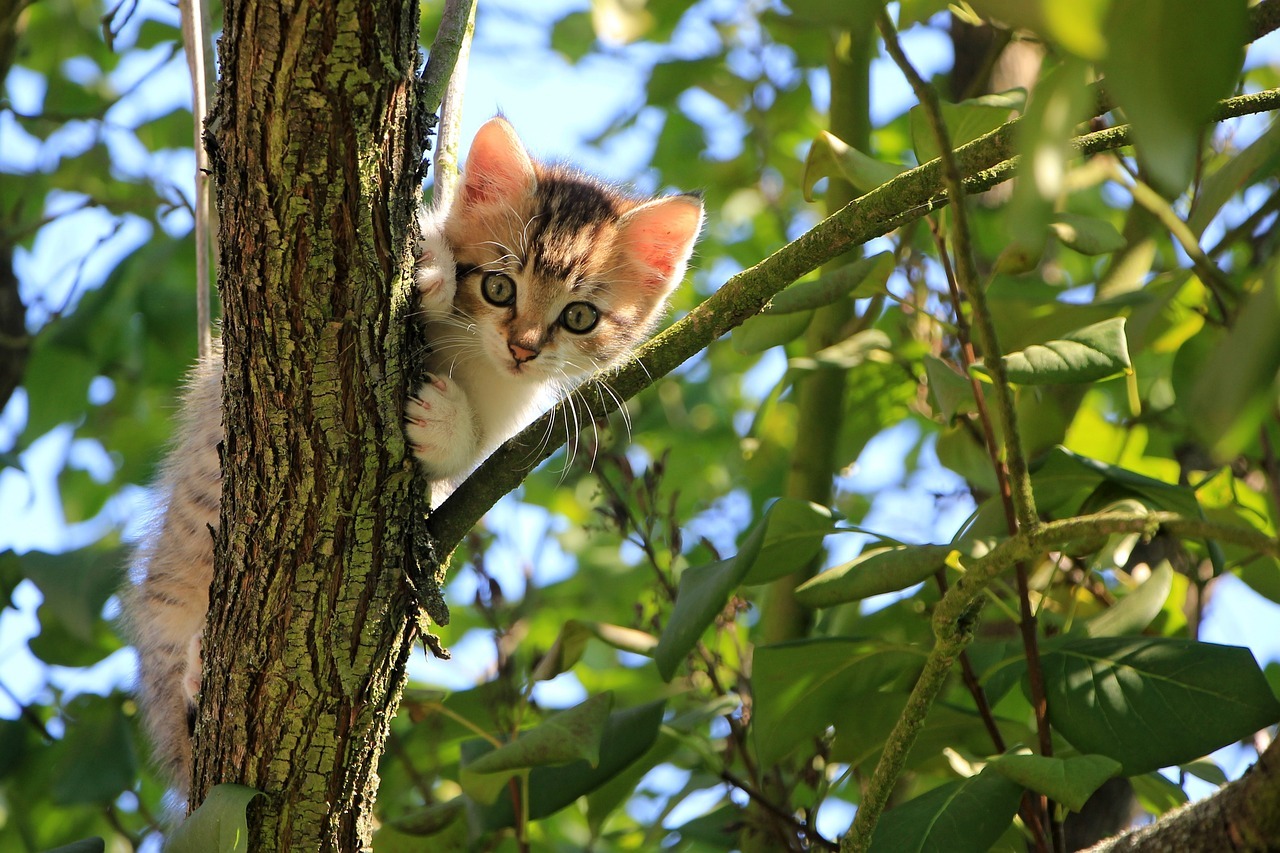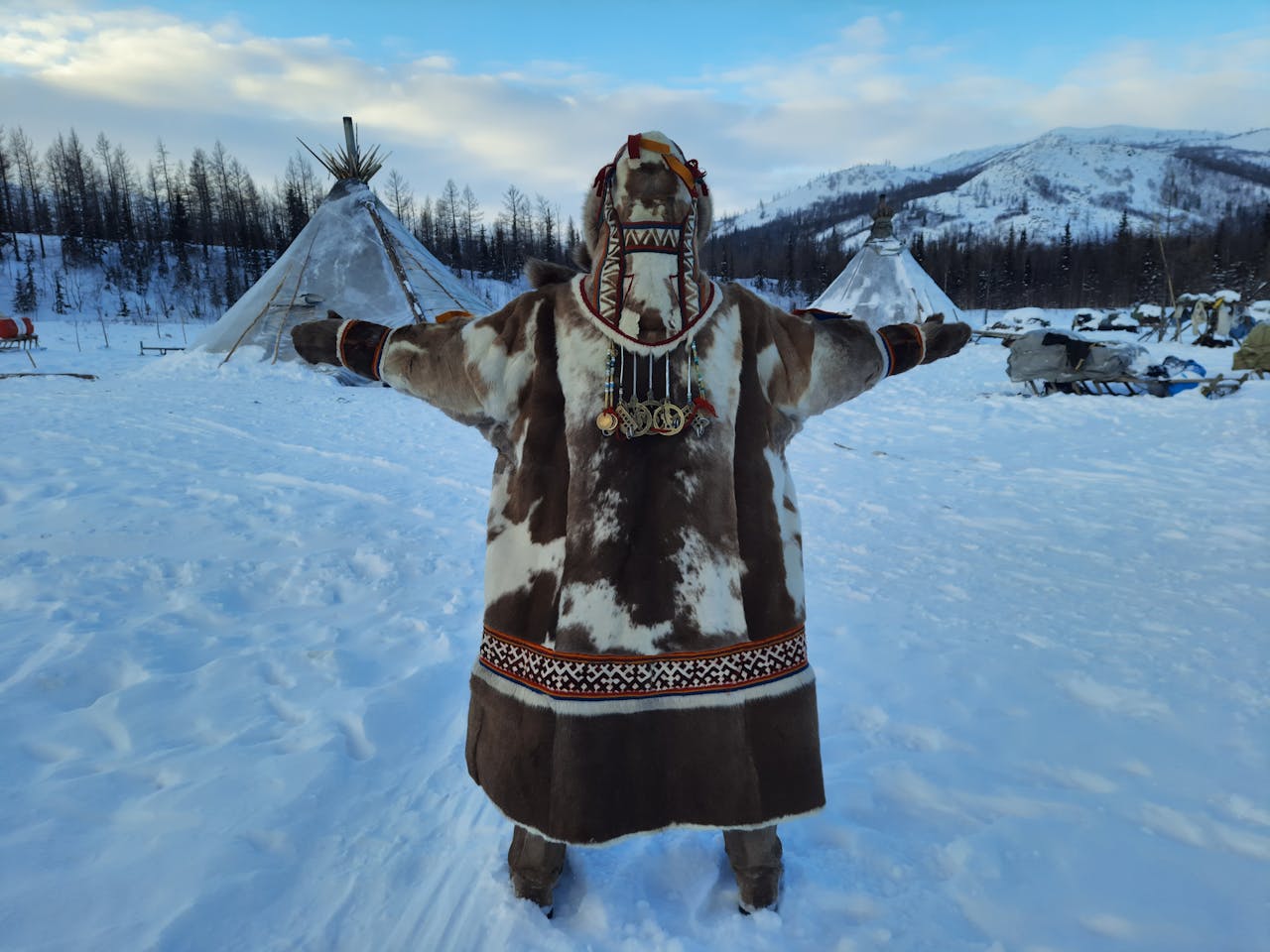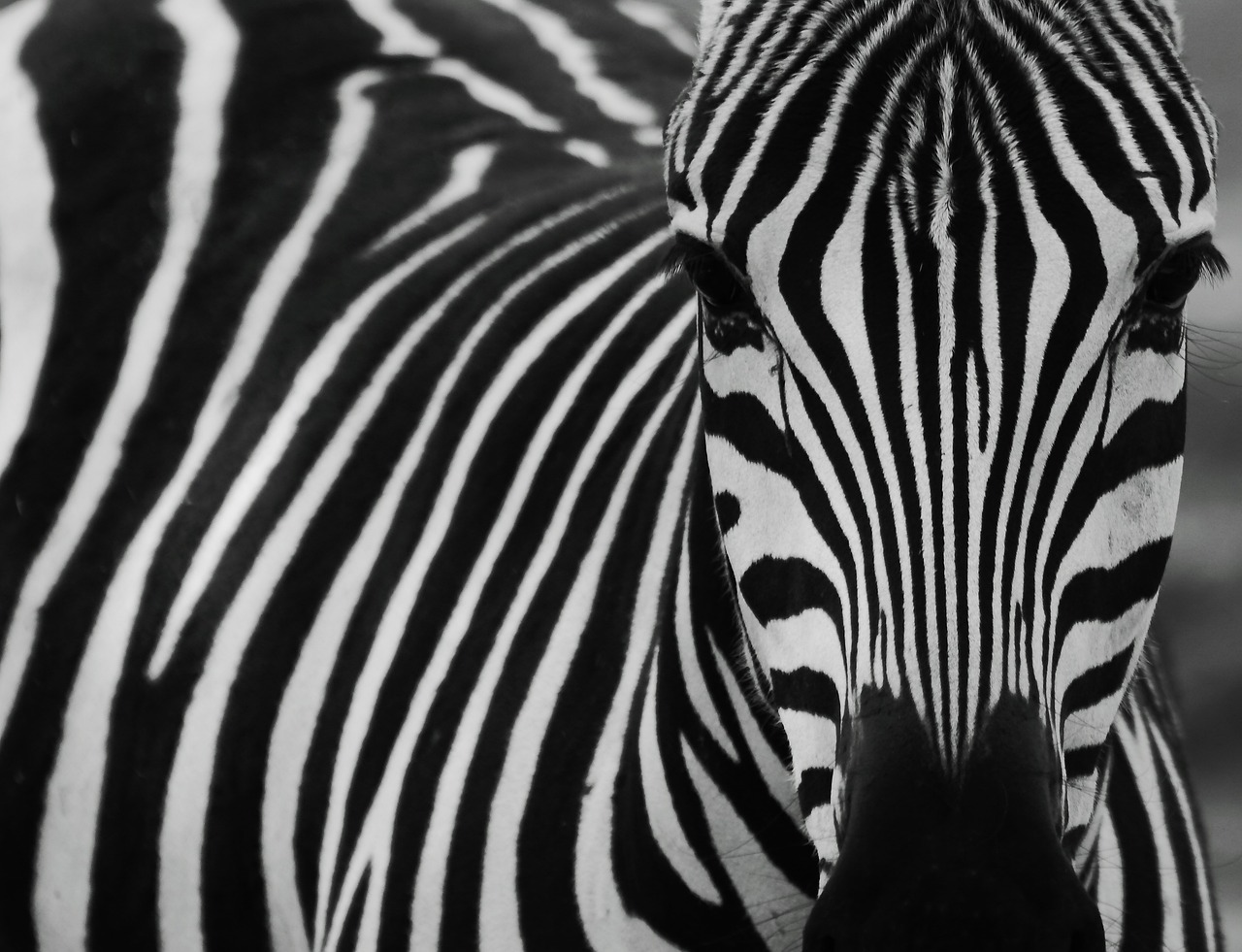Walking through streets that seem to whisper with echoes of a nuclear past might seem like something ripped straight from a horror story. Yet, believe it or not, there are people who choose to continue their lives in some of the world’s most radioactive places. It’s not something you’d read in a travel brochure, right? For someone like me—who’s tucked into a warm blanket of logic and safety—the idea is both mind-bogglingly odd and deeply human.
I mean, just think about it. Calling a place home when the very ground has a story of radioactive disasters and the air itself feels like it’s from a different, dangerous era—it’s almost unimaginable. You wake up, brew your morning coffee, and step outside to start your day. How could anyone embrace this reality? This question twirls around my mind like an offbeat song I can’t turn off.
Chernobyl – A Surreal Homestead
The very mention of Chernobyl sets my skin tingling. There’s no skirting around its ghost-town aura filled with stories, some spine-chilling, of human error on a colossal scale. Yet, against all odds, there are folks who return or simply never left. For them, Chernobyl isn’t just a tragic backdrop but an intricate tapestry woven with history and a sense of belonging. Here, in the long shadow of an inactive nuclear plant, life somehow, inexplicably, finds a way.
Peeling back layers of their lives reveals a raw, unyielding resilience. Imagine the elderly, who weathered the catastrophe, clinging to their cherished memories and gardens as if moving would erase everything they hold dear. There’s an air of defiance in mothers who raise their kids amidst a lullaby of lesson and survival. It’s a toughness braided with pure grit, or maybe just strong-headed persistence. Remarkably, for some, leaving means losing a deep part of themselves—an enigma woven from devotion that only those remaining can fully embrace.
The sparks of normal life that people manage to ignite in such a charged environment truly warm my heart. You’d think fear would hover over every waking moment, yet instead, there are neighbors forming bonds stronger than nuclear reactions. If that doesn’t speak volumes about human resilience, I don’t know what does.
Fukushima’s Silent Revival
Fukushima is another place heavy with history. After the devastation of 2011, you’d think it was abandoned for good. But, wandering down its cobbled lanes now reveals a different picture—one brimful with life and renewal. Those who return carry a quiet defiance against the shadows of past calamity.
These rebuilders don’t just reconstruct buildings; they reshape their world. Fields once steeped in silent dread of invisible dangers now bloom again. Schools ring with the laughter of children, painting a brighter contrast against tragedy than numbers or facts ever could. It’s about a collective strength—a coming together to retell a story that wasn’t rightly theirs in the first place.
Listening to conversations among residents opened my eyes—and tears flowed. Their tales of endurance, shared with a gentle smile, resemble a hauntingly beautiful chant echoing the highs and lows of time. Their community stands strong, an anthem against the mute judgment of nuclear history.
Mayak – A Fatal Ode
Mayak in Russia, home to the solemn Kyshtym disaster, has a rhythm all its own. Mysteriously secretive and heavy with sadness, you’ll find folks who cherish a fierce pride in their survival. The land may have betrayed them, but staying is often about family, fate, and, disturbingly, a lack of choice.
Listening to stories from those who hug their homes tightly, a human narrative unfolds where life’s necessities dwarf fear. It’s something utterly profound—how whole families embrace their legacy and stubbornly scratch out stability from radioactive dust.
It’s not as if they’re blind to longing or risks; it’s just that their decision to stay speaks of understated bravery. They describe their land like they would a cherished loved one—fragile, yet resilient. It’s deeply moving how their connection, overshadowed by uncertainty, feels safer than any lure of security from afar.
Kalachi – The Mysterious Sleeper
Kalachi is another intriguing chapter—not about radiation per se, but a real mystery in Kazakhstan. Known for a bizarre “sleeping sickness,” it’s like a surreal nightmare where villagers fall into unexpected naps. Although not strictly radiation-related, talks flutter about links to old uranium mines.
Despite these strange occurrences, many villagers root themselves firmly. It’s bewildering yet genuine. In listening to them, I start to understand this peculiar loyalty. Whispers of leaving exist, but staying’s pull is stronger. There, the tinge of mystery suits their lives like a strange yet beloved hat.
Whether through tales at a bustling table or whispered village lore, Kalachi displays a stunning patience. Their community bonds, not out of understanding, but in the wondrous camaraderie of shared mystery and routine.
Embracing Decisions
When I mull over why folks choose hunkering down in radioactive zones, understanding dawns in bits and pieces. It’s more than stubbornness or just necessity. Lives link themselves into legacies, sparking connections that run deeper than safety advisories ever could.
At its heart, it’s an untamed emotional weave anchoring people to homes and histories, even in bleakest shadows. Between haunting realities and vivid dreams, a human spirit shines through. Their narrative isn’t simply about survival—it’s a treasured story of lives inextricably knitted with familiarity, kin, and love.
Getting my head around this strange attraction doesn’t happen overnight. It’s a gentle surf, easing away judgment until respect and bittersweet admiration flood through. This tale—a human narrative led by circumstance, yet decorated with loving determination—honors finding “home” even in darkness.


